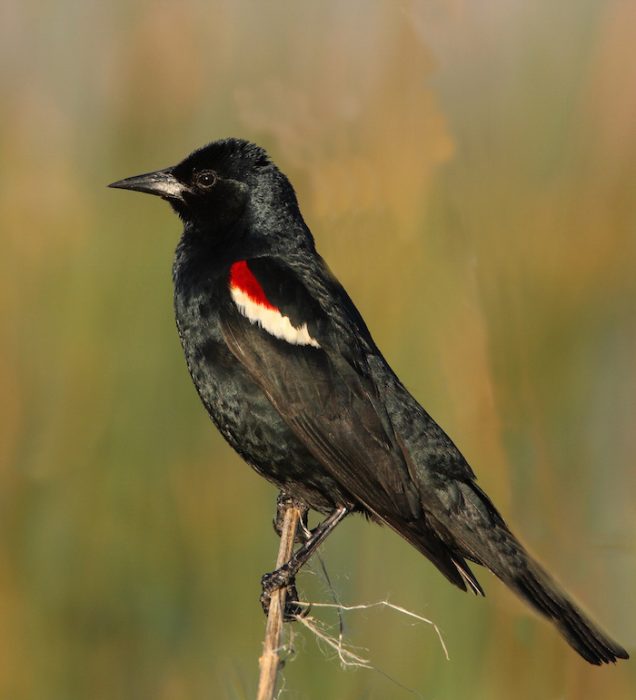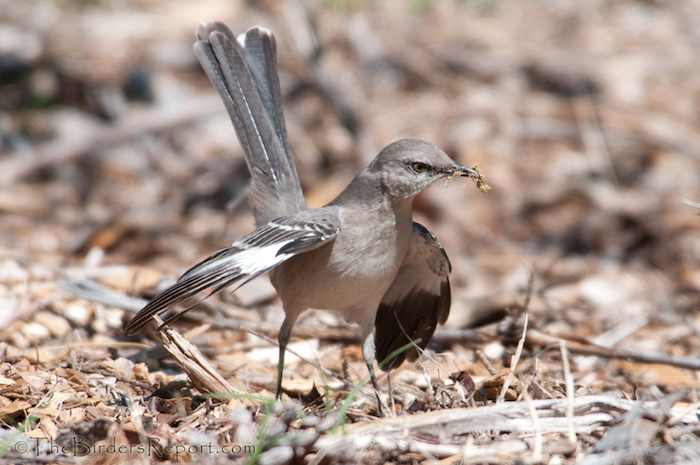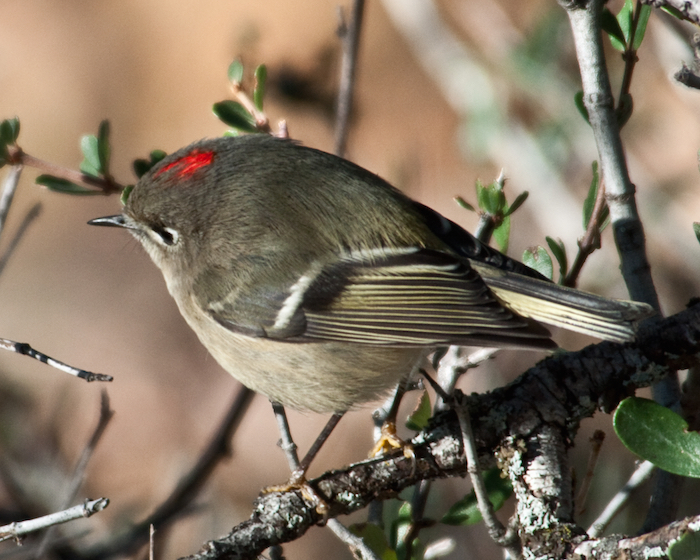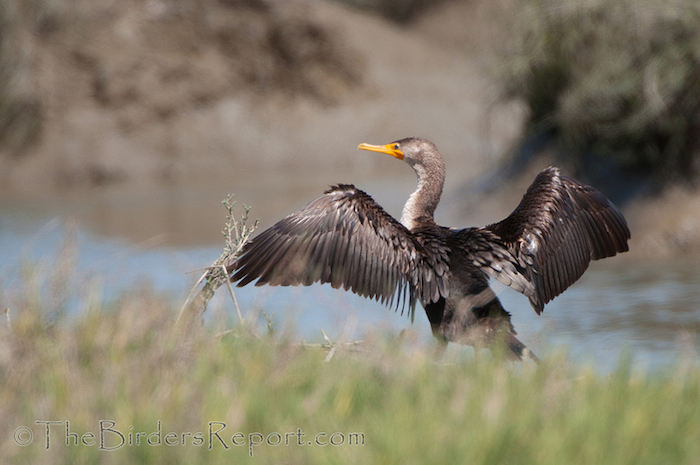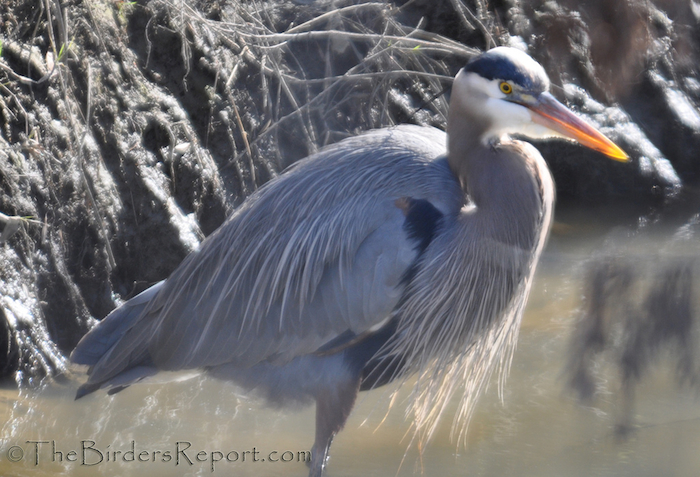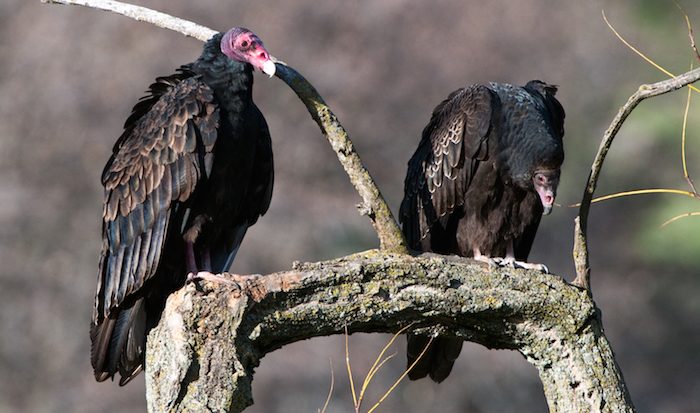
Summer is the season for soaring. Thermals, the warm air rising from the earth’s heated surface, can lift birds thousands of feet into the air with no more effort than spreading their wings. Larger birds, particularly raptors, for whom the quick flutter of small-bird wings would be physiologically impossible, are particularly famous for riding on thermals. The reigning champions of hot-air flight are, arguably, turkey vultures.
They’re ungainly, maybe disgusting. They can’t sing, only argue over food with a breathy hiss. They’re folklore symbols of doom and death. But supremacy in the air helps vultures prosper and decorate the sky through our sultry summer days. Some 90% of the soaring birds we see are apt to be not birds of prey but turkey vultures.
These vultures can be identified at a great distance. They hold their wings up in a V, a gift of their initial letter that hawks and eagles cannot replicate. The V shape, known in aviation as a dihedral, helps stabilize the birds in windy weather. When winter buffets the north state, the resident vultures ride the winds that replace the lazier-seeming currents of summer. Other turkey vultures will honor autumn tradition and head south—but they will still sail the winds, as they can ride as far down-continent as ever-blustery Tierra del Fuego.
Wherever they are, turkey vultures must soar to find their food with the most efficiency. Unlike most birds, they hunt with a keen sense of smell. Eagle-eyed predators can spot a salmon below the river’s ripple. Owls can hear a mouse squeak a football-field away. Vultures’ food, already dead, will not squeak or scurry for the ear or eye. Turkey vultures hunt mainly by smell. Their acute olfactory sense will not only find their carrion dinner, but will tell them whether it is too rotten to interest a civilized vulture. Indeed, while large owls, with their absent sense of smell, may gulp down a skunk, vultures will regularly discard at least the skunk’s scent gland.
But they really are not delicate diners. Vulture beaks are sharp and strong, but when particularly tough hides must be pierced, they may need to wait for early decay or a bigger predator to open the carcass. Since they will then be eating meals past their expiration date, and since they seem to prefer eating entrails from the anus up, vultures are heavily exposed to toxins. Fortunately, they are adapted to the dangers. Their naked heads not only keep feathers from being matted with contaminants, but also allow their skin bacteria, thicker and harsher than our own, to attack microbes in the meat, averting facial infection. The birds seem to be immune to effects from many biotoxins, and their own exceptionally virulent intestinal bacteria help them finish the job.
Their job is in fact a substantial service. Vultures find and scavenge about 90% of sizable dead animals in their range, reducing both disease and cleanup costs we would otherwise face.
Their condor cousins, with the rise of lead shot in carcasses and, longer term, no more mega-fauna to clean up, have been teetering on the edge of extinction for some time. Turkey vultures, on the other hand, perhaps responding to clearing of forests, an increase in roadkill, and a warming climate, have been extending both their breeding and wintering ranges northward.

